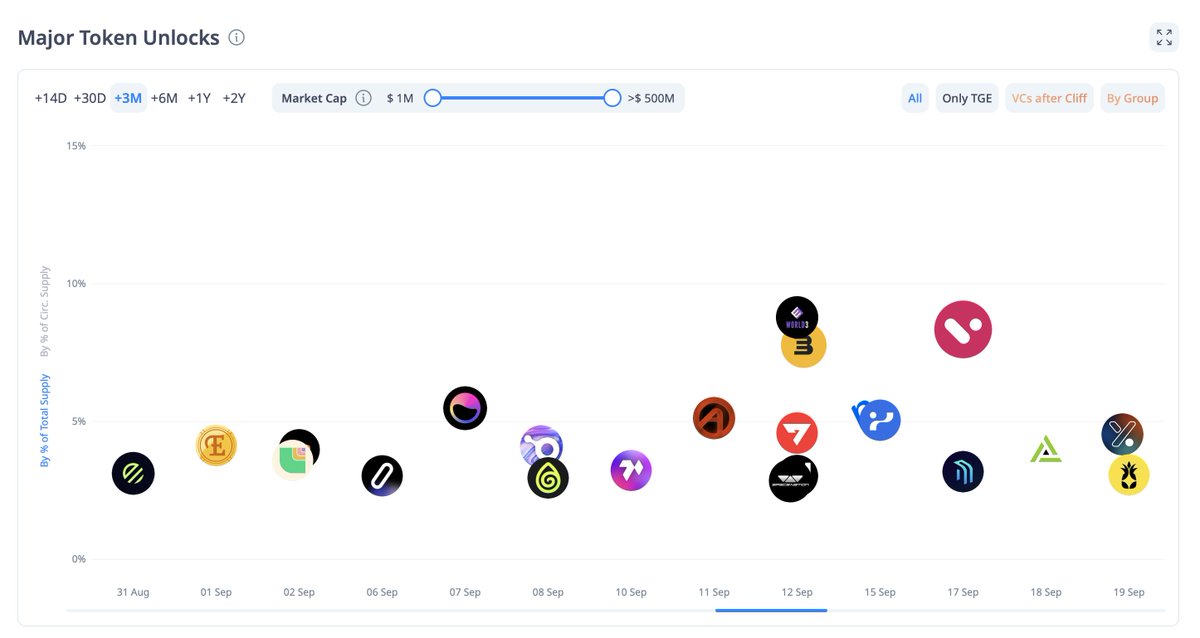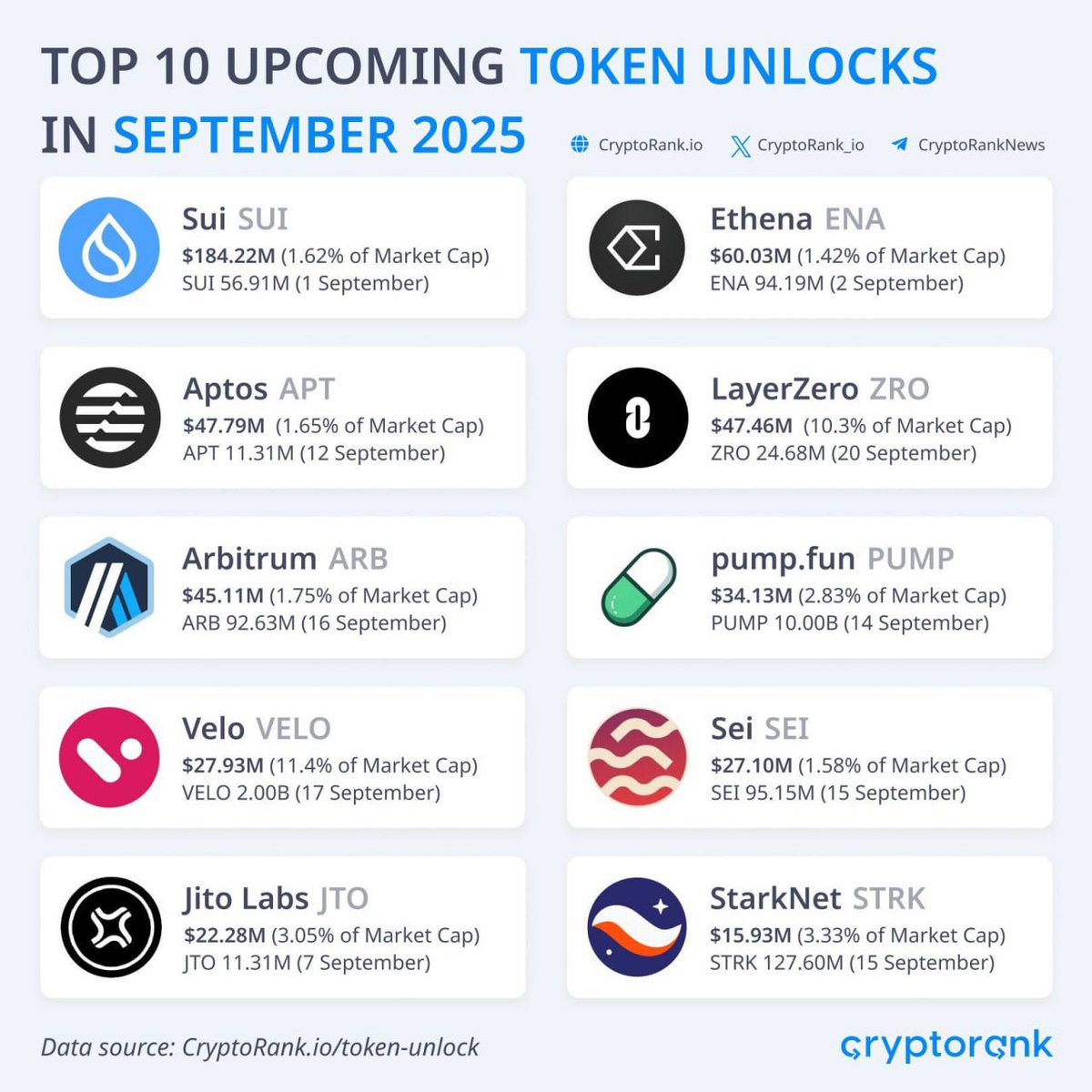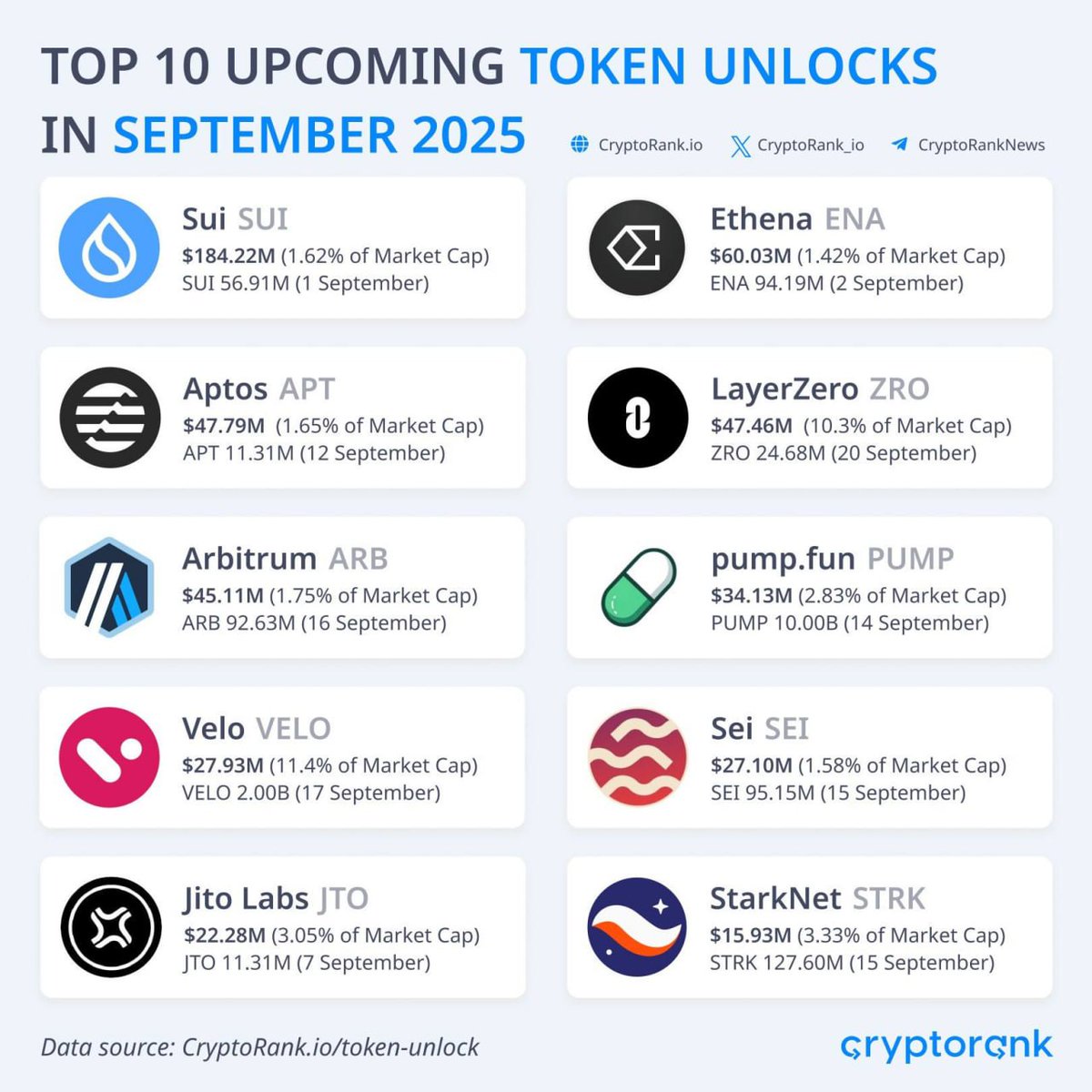Velo价格
(阿联酋迪拉姆)AED0.051106
+AED0.0₅36727 (+0.00%)
AED
无法搜索到该币种。请检查您的拼写或重新搜索币种名称。
市值
AED8.99亿 #115
流通总量
175.64亿 / 240亿
历史最高价
AED8.674
24 小时成交量
AED6,880.44万
3.7 / 5


了解Velo
VELO,全称为Velo,是一种旨在革新跨境支付和金融可及性的加密货币。基于区块链技术构建,VELO能够实现快速、安全且成本高效的交易,连接传统金融与去中心化系统。其主要应用场景在于实现无缝的货币兑换和流动性聚合,使其成为汇款和全球贸易的理想选择。VELO还在稳定币USDV的稳定性中扮演关键角色,确保在波动市场中的可靠性。通过质押、通过VeloDAO进行治理,以及与像Universe Hybrid DEX这样的创新平台集成,VELO赋能用户参与一个不断增长的生态系统。无论您是在探索去中心化金融还是寻求高效的支付解决方案,VELO都为进入加密世界提供了一个多功能且具有影响力的切入点。
本内容由 AI 生成
免责声明
本页面的社交内容 (包括由 LunarCrush 提供支持的推文和社交统计数据) 均来自第三方,并按“原样”提供,仅供参考。本文内容不代表对任何数字货币或投资的认可或推荐,也未获得欧易授权或撰写,也不代表我们的观点。我们不保证所显示的用户生成内容的准确性或可靠性。本文不应被解释为财务或投资建议。在做出投资决策之前,评估您的投资经验、财务状况、投资目标和风险承受能力并咨询独立财务顾问至关重要。过去的表现并不代表未来的结果。您的投资价值可能会波动,您可能无法收回您投资的金额。您对自己的投资选择自行承担全部责任,我们对因使用本信息而造成的任何损失或损害不承担任何责任。提供外部网站链接是为了用户方便,并不意味着对其内容的认可或控制。
请参阅我们的 使用条款 和 风险警告,了解更多详情。通过使用第三方网站(“第三方网站”),您同意对第三方网站的任何使用均受第三方网站条款的约束和管辖。除非书面明确说明,否则欧易及其关联方(“OKX”)与第三方网站的所有者或运营商没有任何关联。您同意欧易对您使用第三方网站而产生的任何损失、损害和任何其他后果不承担任何责任。请注意,使用第三方网站可能会导致您的资产损失或贬值。本产品可能无法在所有司法管辖区提供或适用。
请参阅我们的 使用条款 和 风险警告,了解更多详情。通过使用第三方网站(“第三方网站”),您同意对第三方网站的任何使用均受第三方网站条款的约束和管辖。除非书面明确说明,否则欧易及其关联方(“OKX”)与第三方网站的所有者或运营商没有任何关联。您同意欧易对您使用第三方网站而产生的任何损失、损害和任何其他后果不承担任何责任。请注意,使用第三方网站可能会导致您的资产损失或贬值。本产品可能无法在所有司法管辖区提供或适用。
Velo 的价格表现
近 1 年
-4.20%
AED0.05
3 个月
+10.90%
AED0.05
30 天
-6.47%
AED0.05
7 天
-8.35%
AED0.06
Velo 社交媒体动态

主要代币解锁:九月地图 ↓
>$1M:
• @RenzoProtocol – $4M 解锁
• @EchoProtocol_ – $1.14M 解锁
• @elixir – $7.64M 解锁
• @XterioGames – $8.3M 解锁
• @WORLD3_AI – $3.8M 解锁
• @BlockStreetXYZ – $10.8M 解锁
• @SpaceNationOL – $1.5M 解锁
• @buildwithtaco – $10.94M 解锁
• @veloprotocol – $30.9M 解锁
• @Yooldo_Games – $3.62M 解锁
• @lista_dao – $9.36M 解锁

快捷导航
Velo购买指南
开始入门数字货币可能会让人觉得不知所措,但学习如何购买比您想象的要简单。
预测 Velo 的价格走势
Velo 未来几年值多少?看看社区热议,参与讨论一波预测。
查看 Velo 的价格历史
追踪 Velo 代币的价格历史,实时关注持仓表现。您可以通过下方列表快捷查看开盘价、收盘价、最高价、最低价及交易量。

Velo 常见问题
目前,一个 Velo 价值是 AED0.051106。如果您想要了解 Velo 价格走势与行情洞察,那么这里就是您的最佳选择。在欧易探索最新的 Velo 图表,进行专业交易。
数字货币,例如 Velo 是在称为区块链的公共分类账上运行的数字资产。了解有关欧易上提供的数字货币和代币及其不同属性的更多信息,其中包括实时价格和实时图表。
由于 2008 年金融危机,人们对去中心化金融的兴趣激增。比特币作为去中心化网络上的安全数字资产提供了一种新颖的解决方案。从那时起,许多其他代币 (例如 Velo) 也诞生了。
查看 Velo 价格预测页面,预测未来价格,帮助您设定价格目标。
深度了解Velo
Velo 是一个去中心化的结算网络,旨在为其业务合作伙伴实现数字信用发行和无边界资产转移。该协议无意取代现有的银行基础设施或法定货币。相反,该协议旨在利用区块链技术为其业务合作伙伴促进无信任和有保证的结算。该平台的原生代币是 VELO,用作接收数字信用的抵押品
ESG 披露
ESG (环境、社会和治理) 法规针对数字资产,旨在应对其环境影响 (如高能耗挖矿)、提升透明度,并确保合规的治理实践。使数字代币行业与更广泛的可持续发展和社会目标保持一致。这些法规鼓励遵循相关标准,以降低风险并提高数字资产的可信度。
市值
AED8.99亿 #115
流通总量
175.64亿 / 240亿
历史最高价
AED8.674
24 小时成交量
AED6,880.44万
3.7 / 5






































